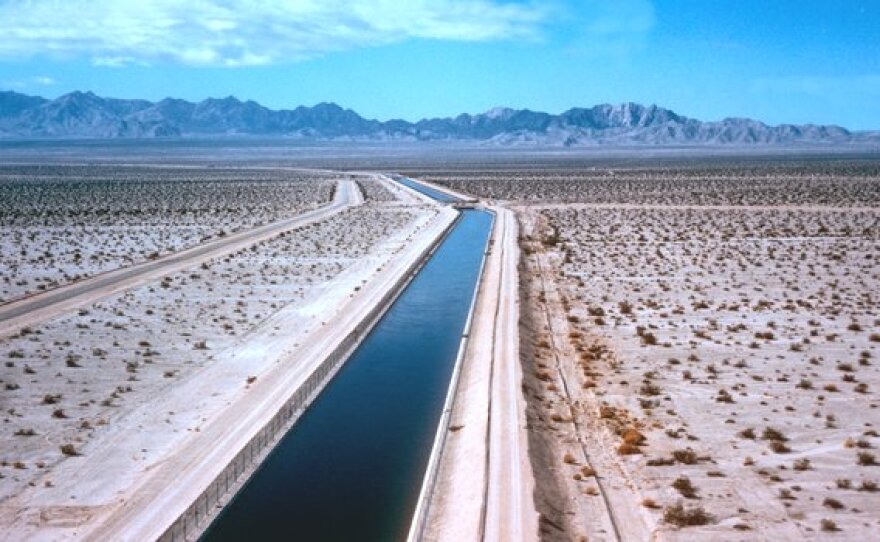The final California snow survey is bad news for the millions of residents and farmers who rely on the snowpack for their water. The reading was just 17 percent of normal following one of the driest winters on record, California Department of Water Resources (DWR) officials announced Thursday.
DWR projects it will only be able to deliver 35 percent of requested amounts from the State Water Project to the 29 agencies that purchase the water. The last time the allocation was that low was in 2008.

Collectively, the agencies supply a third of the water used in households and on farms across California as the snowpack melts into streams, reservoirs and aquifers.
California's biggest source of water, the Colorado River basin, has been below normal 11 of the past 14 years. This year’s projected runoff into Lake Powell, which is a good indicator for water supply conditions, is just 44 percent.
The dwindling supplies means California will have to draw water from storage for the first time in nearly five years.
Metropolitan Water District of Southern California spokesman Bob Muir said their reserves of 2.6 million acre feet are the fullest they’ve ever been, and there’s enough water storage to supply 500 million families for a year.
“It’s not as though you’d draw everything from the bank in one year and that we would have no water,” Muir explained. “It would be that we would just have to make up the difference between demand and water that we have from our sources in Northern California and the Colorado River.”
San Diego water officials said there are no plans for mandatory water cutbacks this year, but they urged continued conservation.
"It is a concern that we are in a second dry year," said Lesley Dobalian, water resources specialist with the San Diego County Water Authority.
"Because the region has done such a great job in conservation and because our storage reserves are still pretty good, I’d like to really emphasize that no restrictions or allocations are forecast for this year," Dobalian said.
San Diego’s reservoirs are 86 percent full for the 10 year average. Dobalian said local reservoirs are important for collecting runoff and to use during emergencies, "but they play a relatively small role in our overall water supply picture," she added.
Metropolitan Water District will draw from the much larger reservoirs in Southern California, such as Diamond Valley Lake near Hemet, California, which holds 800,000 acre feet of water.
Dry conditions in California accelerated the start of a dangerous fire season. Fire officials fear the thousands of acres currently burning in Ventura and Riverside Counties are just a preview of the months ahead.






